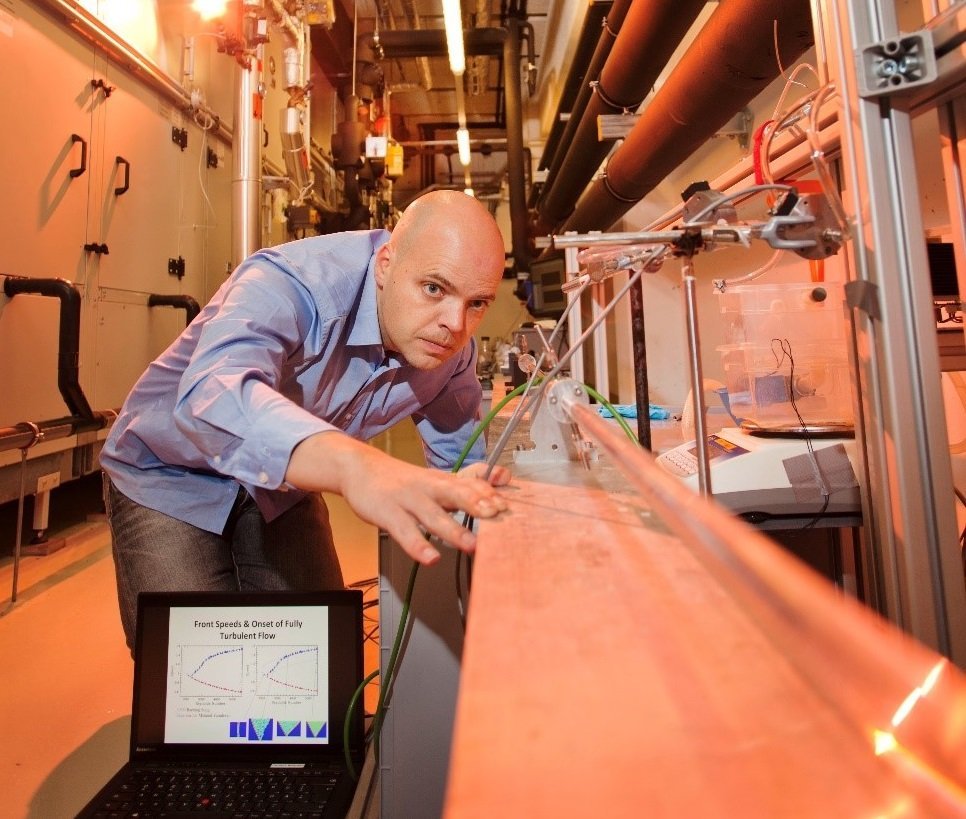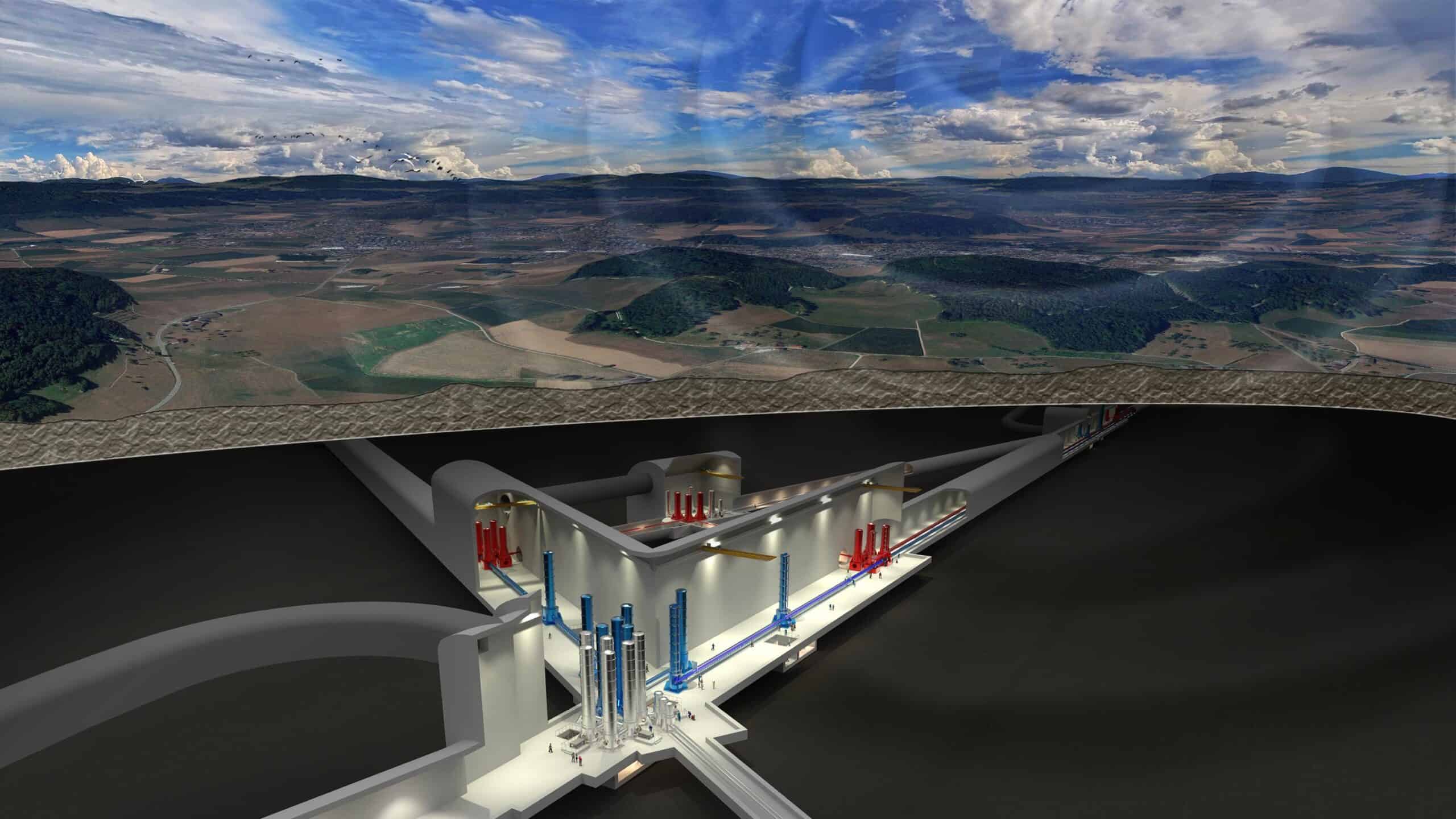
The effect of turbulent flows is obvious. As yet, these have not been scientifically defined and remains one of the biggest unsolved problems in science. A global team of leading physicists now wants to resolve this dilemma with a new methodology.
Turbulent flows are omnipresent and are found everywhere in oceans, around vehicles and through pipelines. Turbulence determines the amount of friction loss as well as transport and mixture properties. Nonetheless, there is still no basic understanding of the origin of turbulence nor the principles on which it is based.
The motion of the smooth (laminar) flow can be accurately depicted using formulas from Newton’s laws of motion (Navier Strokes equations). Yet these formulas have no validity when it comes to active flows – even if the largest supercomputers in the world were to be used.
Unresolved physics problem
The phenomenon is considered to be one of the main enigmas that scientists have yet to solve. A better scientific understanding of this phenomenon could be used for a variety of practical applications, e.g. from meteorology and oceanography to astrophysics and aerodynamics. One example is that dangerous weather events such as hurricanes or tornadoes could be predicted more precisely. Aircraft aerodynamics modeling would also be significantly improved.
New methodology
Now an international consortium of leading physicists wants to apply novel techniques and better define, model and conceptualize turbulent flows. The aim is to use the statistical properties of turbulent fluids to improve the characterization of turbulent flow types. This new methodology will be used to devise a new conceptual framework for defining turbulence. This conceptual framework could potentially improve the ability to predict real turbulent flows.
IST Austria participation
Professor Björn Hof is also a member of the team. He is a physicist in the field of fluid dynamics at the Institute of Science and Technology IST Austria, (near Vienna). He heads a research group on nonlinear dynamics and turbulence. The group combines detailed laboratory experiments with high-resolution computer simulation. Key aspects of the transition between laminar and turbulent flow are being researched using nonlinear dynamics and statistical physics methodologies. The aim is to identify the universal characteristics that this transition has in common with disordered systems in other areas of physics. Some of these insights could be used to influence turbulent flows. The group is actively working on these kinds of methodologies.
Research funding
The consortium received 3.7 million euros in research funding from the Simons Foundation in New York. Founded in 1994, it supports these sorts of projects which are at the frontier of basic research. Funding is provided for experimental techniques that are developed and used by interdisciplinary basic research groups.
Also interesting:
Sensors guide aircraft through turbulence without vibration







